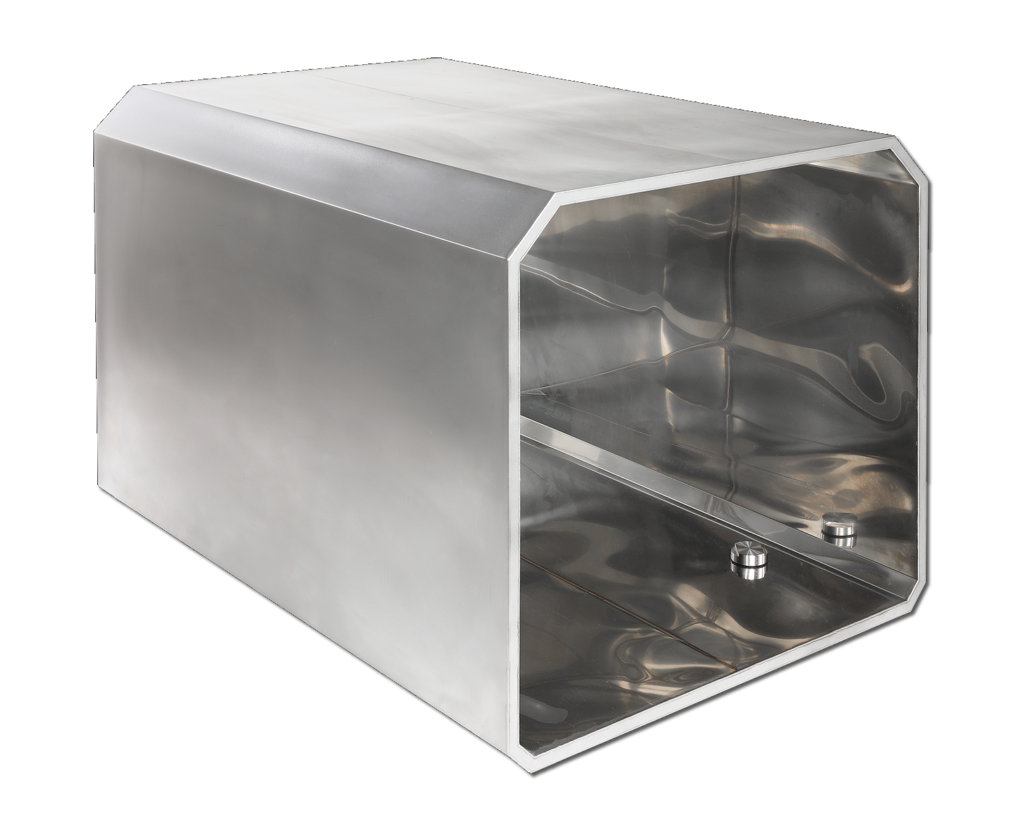E-MOBILITY
Stable thermal management for the e-car of the future
E-mobility is one of the major issues of the future and continues to gain significance with rising fuel prices, low-emission zones in cities, increasing volumes of traffic and the associated environmental impact. The automotive industry is still working intensively on solutions to familiar problems such as range and charge as well as cell fires, which are often associated with electric vehicles. The temperature control of accumulators and batteries is another challenge for which GVI® has the answer.


